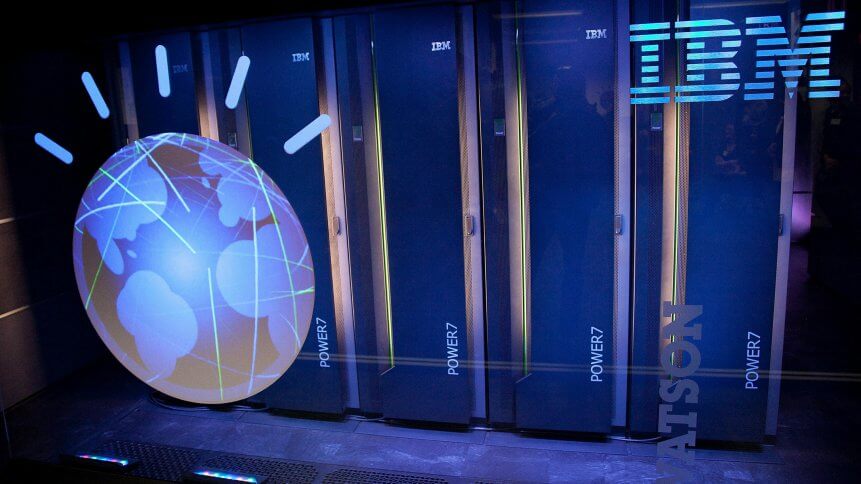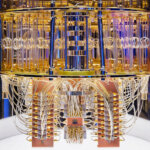IBM says pairing classical with the new is key to making ‘useful’ quantum computing

At the 2021 Quantum Summit that concluded in December, computing heavyweight IBM declared that 2023 will be the year when its advanced systems will start to deliver tangible quantum advantages, and quantum computing finally takes its place as a powerful productivity tool within the high-performance computing landscape.
But does that mean that for 2022, quantum computing updates will remain purely theoretical and academic? According to IBM itself, practical quantum computing applications remain limited, both in terms of actual use cases but also in the still-restricted computational power of current quantum processors.
These were the findings of IBM Quantum researchers at both the Almaden Research Center in California and the T. J. Watson Research Center in New York, who published a research paper last month on the use limitations that prevent quantum computing power from being fully utilized to perform complex simulations.
“Quantum computers are promising for simulations of chemical and physical systems, but the limited capabilities of today’s quantum processors permit only small, and often approximate, simulations,” the paper starts out.
Co-authored by Andrew Eddins, Mario Motta, Tanvi P. Gujarati, Sergey Bravyi, Antonio Mezzacapo, Charles Hadfield, and Sarah Sheldon, the study goes on to point out that accurately figuring out how to simulate quantum systems of increasing complexity are made more challenging because “classical computations are frustrated by the intrinsic inefficiency of classically representing a quantum state, while quantum computations are restricted to small simulations due to the limited quantity and quality of available quantum bits”, or qubits – the basic measuring units in quantum calculations.
The paper also presents its workaround, which is to merge facets of traditional computing with the newer-fangled quantum computing processes, a method the IBM researchers refer to as “classical entanglement forging”. Harnessing classical computing resources to capture and track quantum correlations, this method can effectively “double the size of the system that can be simulated on quantum hardware”.
To confirm its practical usefulness in a water simulation, the research team shifted some of the computation tasks to traditional postprocessing, enabling them to “represent ten spin orbitals of the water molecule on five qubits of an IBM Quantum processor in the most accurate variational simulation of the H2O ground-state energy using quantum hardware to date.”
Producing the “most accurate variational simulation” by combining classical and quantum computing is the biggest learned lesson from the detailed, technical IBM paper. Merging different states of qubits is a process known as entanglement, but this is the first clear indication that classical computation can be paired with quantum processors.
YOU MIGHT LIKE

Quantum computing leaping into commercial use
“The quantum processor repeatedly prepares and measures a state representing either the spin-up or spin-down electrons, and the results are combined with classical parameters defining the entanglement to compute the energy of the state,” the paper elaborates.
The researchers go on to discuss the ideal conditions to apply the classical entanglement forging method, including a roadmap detailing how the process can be scaled up for larger problems, and providing proper measurable value to quantum research. What makes it most interesting is that the relationship with classical computing is what enabled the breakthrough in understanding quantum processing better.









